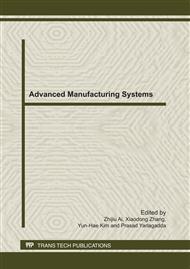p.617
p.624
p.630
p.637
p.642
p.648
p.652
p.656
p.662
The Evaluation of Cathodic Protection System Design by Using Boundary Element Method
Abstract:
Cathodic protection system is one of corrosion protection systems that well acknowledged protecting infrastructure such as pipeline and storage tank. Early damage of the infrastructure can be caused by improper design of the protection system. Currently, many cathodic protection systems are designed only based on the previous experiences. It is urgently needed the tool that can be used to simulate the effectiveness of any design of cathodic protection system before the system is applied to any structure. In this study, the three-dimensional boundary element method was developed to simulate the effectiveness of sacrificial anode cathodic protection system. The potential in the domain was modeled using Laplace equation. The equation was solved by applying boundary element method, hence the potential and current density on the metal surface and at any location in the domain can be obtained. The boundary conditions on the protected structures and sacrificial anode were represented by their polarization curves. A cathodic protection system for liquid storage tank and submersible pump were evaluated in this study. The effect of placement of sacrificial anode were examined to optimize the protection system. The result shows that the proposed method can be used as a tool to simulate the effectiveness of the sacrificial anode cathodic protection system.
Info:
Periodical:
Pages:
642-647
Citation:
Online since:
September 2011
Price:
Сopyright:
© 2011 Trans Tech Publications Ltd. All Rights Reserved
Share:
Citation:


